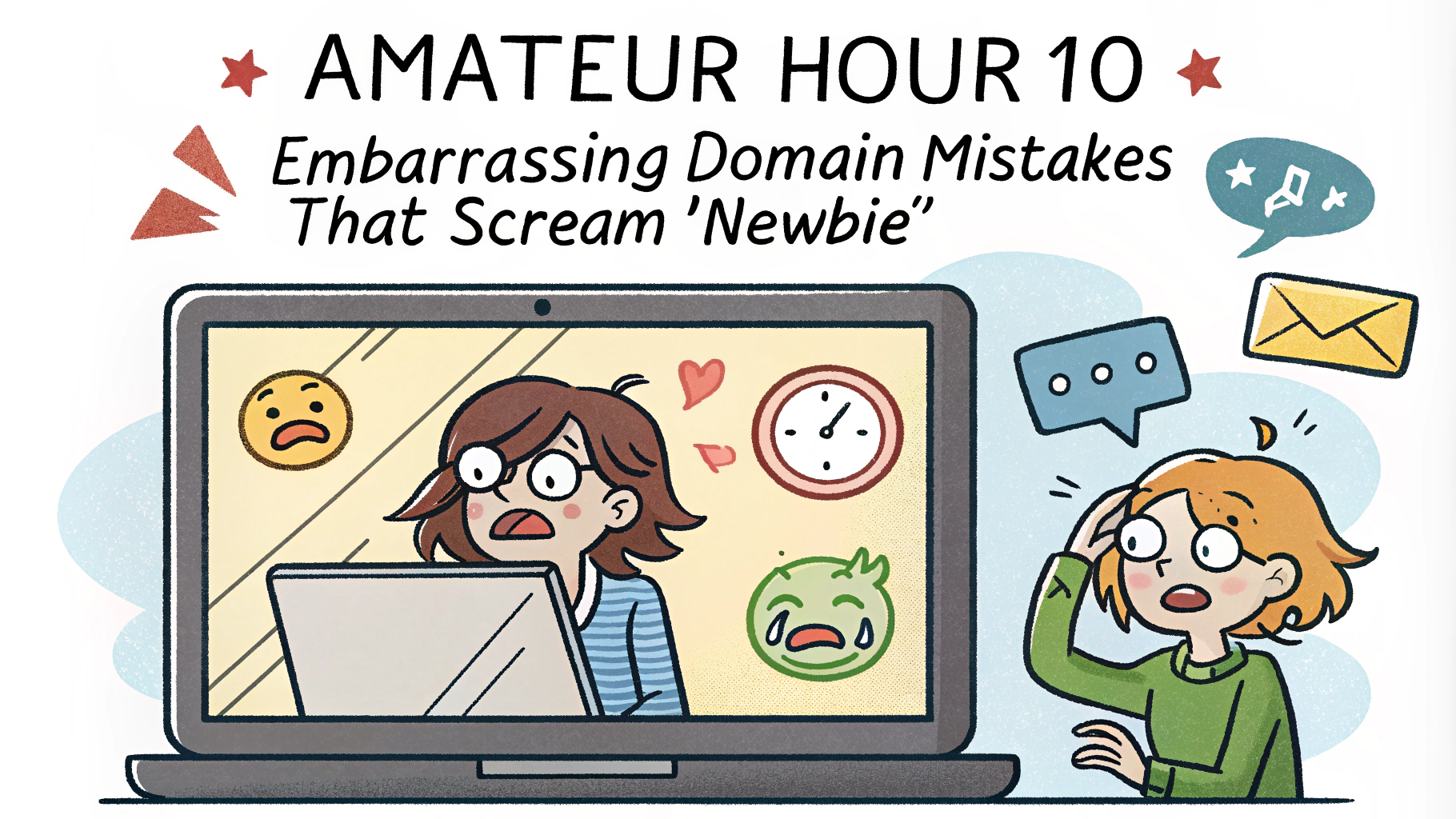Country code Top-Level Domains (ccTLDs) can be a game-changer for businesses aiming to expand their online presence internationally. This article explores the pros and cons of using ccTLDs and provides actionable advice for leveraging them effectively.
Understanding ccTLDs and Their Impact
ccTLDs are two-letter domain extensions representing specific countries or territories. Examples include:
- .uk for the United Kingdom
- .de for Germany
- .jp for Japan
- .fr for France
Using ccTLDs can significantly impact your website’s visibility and credibility in local markets. They signal to users and search engines that your content is tailored for a specific region.
Advantages of Implementing ccTLDs
Improved Local SEO
ccTLDs can boost your search engine rankings in target countries. For example, a .fr domain is more likely to rank higher in French search results than a .com domain.
Enhanced Trust and Credibility
Local users often prefer websites with country-specific domains. A .co.uk domain may instill more confidence in British consumers than a generic .com.
Targeted Marketing Opportunities
ccTLDs allow for more precise geo-targeting in marketing campaigns. You can create country-specific content and promotions, using domains like yourbrand.it for Italy or yourbrand.es for Spain.
Potential Drawbacks and Challenges
Increased Costs and Management
Managing multiple ccTLDs can be expensive and time-consuming. Each domain requires separate registration, renewal, and potentially different hosting arrangements.
SEO Dilution
Splitting your online presence across multiple domains may dilute your SEO efforts. Instead of concentrating link equity on one domain, it’s spread across several.
Inconsistent Availability
Not all ccTLDs are readily available for registration. Some countries have strict requirements or limitations on who can register their ccTLDs.
Strategies for Effective ccTLD Implementation
Prioritize Key Markets
Focus on ccTLDs for your most important international markets. For instance, if you’re targeting Germany, securing a .de domain should be a priority.
Implement Proper Redirects
Use 301 redirects to guide users to the appropriate ccTLD based on their location. For example, redirect UK visitors from yourbrand.com to yourbrand.co.uk.
Maintain Consistent Branding
Ensure your brand identity remains consistent across all ccTLDs. Use similar design elements and messaging on yourbrand.ca, yourbrand.au, and yourbrand.nz to reinforce your global presence.
Leverage Hreflang Tags
Implement hreflang tags to help search engines understand the relationship between your different language and country versions. This improves your chances of appearing in the right search results for each market.
Managing Multiple ccTLDs Effectively
Centralize Domain Management
Use a single domain registrar to manage all your ccTLDs. This simplifies administration and renewal processes. For example, manage yourbrand.de, yourbrand.fr, and yourbrand.es through one dashboard.
Implement a Content Management System (CMS)
A robust CMS helps maintain consistency across multiple ccTLD sites. It allows for easy content updates and localization. WordPress with the WPML plugin or Drupal with its built-in multilingual capabilities are popular choices.
Monitor Performance Metrics
Track key performance indicators (KPIs) for each ccTLD site. Use tools like Google Analytics to measure:
- Organic traffic
- Conversion rates
- Bounce rates
- Page load times
Compare metrics across different ccTLDs to identify areas for improvement.
Legal and Regulatory Considerations
Research Local Requirements
Some ccTLDs have specific registration requirements. For instance:
- .ca (Canada) requires Canadian presence
- .eu (European Union) is restricted to EU residents or businesses
- .cn (China) may require local business registration
Consult with local legal experts to ensure compliance.
Data Protection and Privacy Laws
Be aware of regional data protection regulations. The EU’s General Data Protection Regulation (GDPR) affects websites using .eu domains and those targeting EU customers. Implement necessary safeguards and privacy policies.
Technical SEO for ccTLDs
Optimize Site Structure
Create a clear hierarchy for your ccTLD sites. Use a consistent URL structure across domains, such as:
- yourbrand.de/products
- yourbrand.fr/produits
- yourbrand.es/productos
Implement International Targeting in Search Console
Use Google Search Console’s International Targeting feature. This helps search engines understand the relationship between your ccTLDs and target countries.
Create Local XML Sitemaps
Develop separate XML sitemaps for each ccTLD site. Submit these to search engines to improve crawling and indexing of your country-specific content.
Content Localization Strategies
Adapt Content for Local Markets
Don’t simply translate content. Adapt it to local cultures, preferences, and search behaviors. For example, adjust product descriptions on yourbrand.jp to resonate with Japanese consumers.
Use Local Keywords
Conduct keyword research for each target market. Incorporate local search terms into your content. A British site might use “trainers” instead of “sneakers” on yourbrand.co.uk.
Create Market-Specific Content
Develop unique content for each ccTLD site. This could include:
- Local case studies
- Region-specific product offerings
- Blog posts about local events or trends
Measuring ccTLD Success
Set Clear Goals
Define success metrics for each ccTLD site. These might include:
- Increased organic traffic from target countries
- Higher conversion rates for local customers
- Improved brand recognition in specific markets
Use A/B Testing
Conduct A/B tests to optimize your ccTLD sites. Test elements like:
- Call-to-action buttons
- Landing page layouts
- Local imagery and cultural references
Monitor Competitor Performance
Keep an eye on how competitors use ccTLDs in your target markets. Tools like SEMrush or Ahrefs can provide insights into their domain strategies and performance.
Conclusion
Implementing ccTLDs can significantly boost your global branding efforts. By following these strategies, you can effectively manage multiple domain extensions, comply with local regulations, and create tailored experiences for different markets. Remember, success with ccTLDs requires ongoing effort and adaptation. Regularly review your domain strategy, stay informed about local market trends, and be prepared to adjust your approach as needed. With careful planning and execution, ccTLDs can become a powerful asset in your international digital marketing toolkit.











